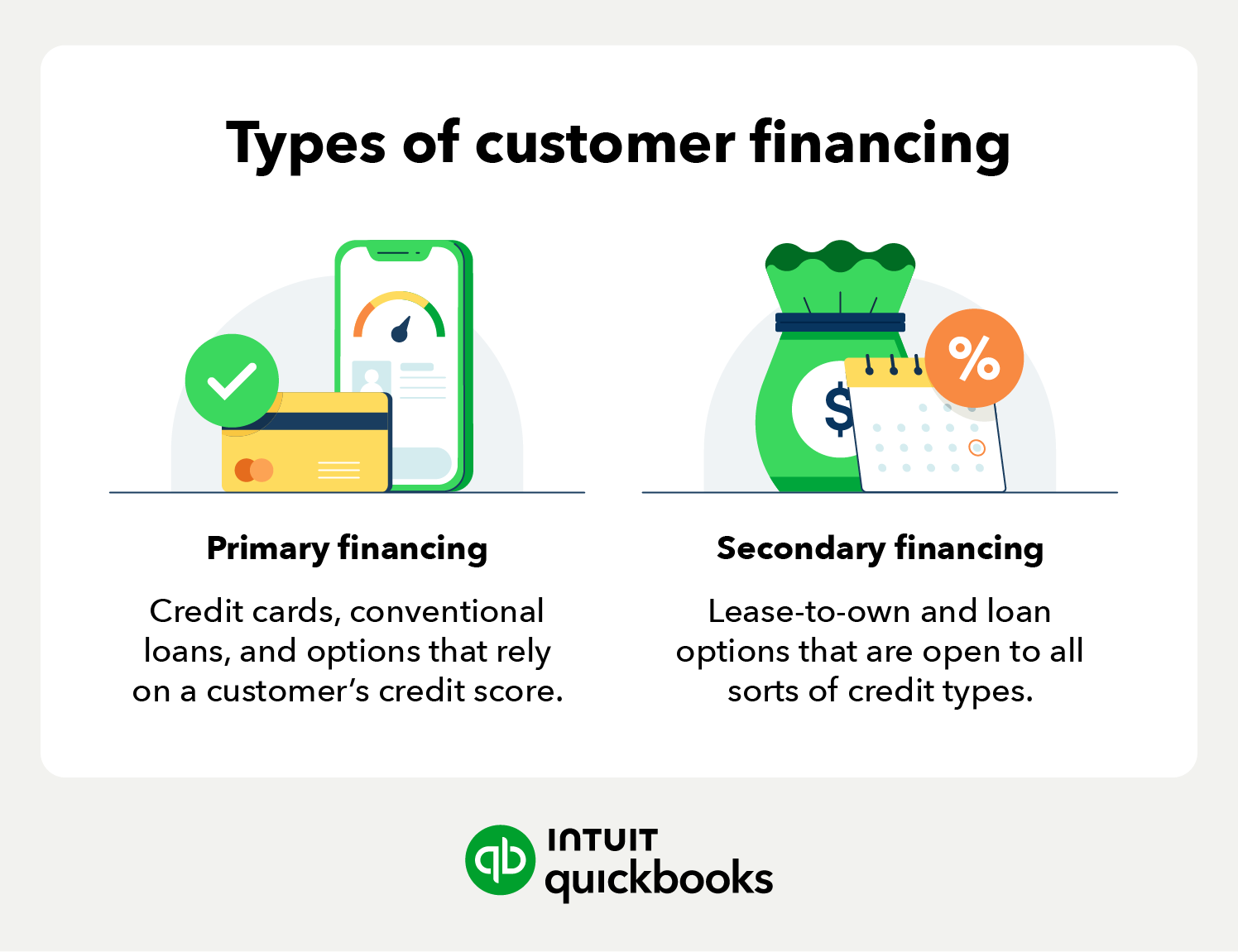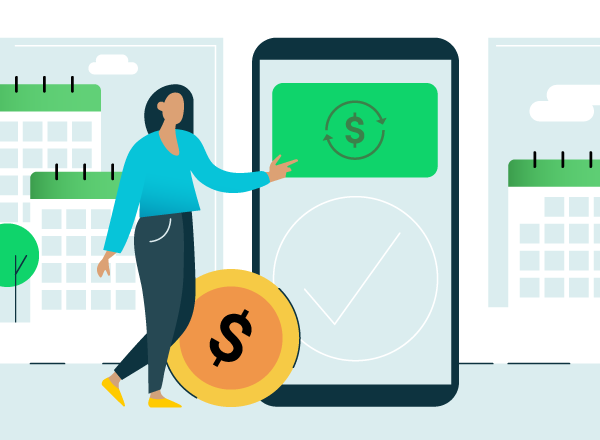By offering customer financing, you can help customers pay for products, goods, or services over time. This approach can be a win-win, making high-ticket items more accessible for your customers while increasing sales and revenue for your business.
What is customer financing? Customer financing is a program that allows you to offer your customers the option to pay for purchases over a period of time, such as six weeks or 24 months, instead of all at once. For a small business owner, this can be a key to success, as it helps break down the initial upfront cost barrier.
Why is it important to offer customer financing? Offering financing makes your products and services more accessible, expanding your potential customer base. If a customer can't afford a large upfront payment, a financing option can make a purchase affordable through smaller, fixed monthly payment plans. This can help you secure sales that you might have otherwise lost. It also allows customers to choose more comprehensive or higher-priced service packages, which can boost your average order value.

















